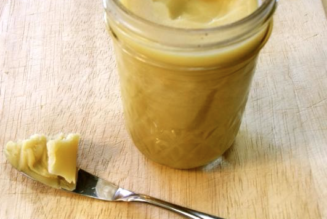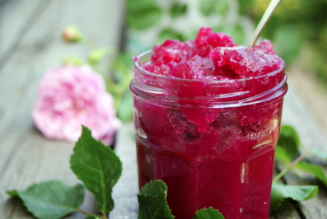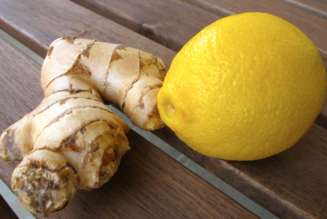Saffron ~ The Gold Of Spices
Saffron is a widely used and coveted herb. It is amongst one of the more expensive herbs on the market and its uses are extensive. The healing properties and health benefits of Saffron are vast. The bright red associated with the beauty of saffron is indicative to its uses in the body – from the blood to the heart and reproductive system. A field of Saffron flowers yields a violet beauty that is a joy to behold, and its effects on the body can be equally divine.
“Saffron is also known as ‘Ghusrina’ as it is sacred to Grishneshvara
– Lord Shiva.” (Sebastian Pole)
Amrit Nectar
Enhances coordination of mental and physical functions; supports balance between the heart and the brain; powerful antioxidant.
Saffron is a tridoshic herb but works particularly well on pacifying vata and kapha. As a rejuvenative herb, it is especially helpful in cases of reproductive debility and has great aphrodisiac properties. It also has antiseptic properties and an affinity for skin conditions thereby improving complexions. It works well as a digestive herb and is also beneficial in anemia. It is also used in nervous conditions and works well as an antidepressant. Contraindications include pregnancy since it can stimulate blood flow in the uterus.
Saffron ~ The Priciest Spice On The Planet
Properties
Saffron is a light and oily herb and has a sweet, bitter and astringent taste with a heating effect in the body. Its post digestive effect is sweet and it is also effective on the digestive and reproductive systems.
Some indications of Saffron, amongst others, include:
- Dysmenorrhea
- Amenorrhea
- Menstrual irregularity
- Anemia
- Angina
- Cardiac congestion
- Impotence
- Low libido
- Nervous debility
- Depression
- Painful urination
- Headaches
- Acne
- Eczema
- Skin discoloration
- Fevers
- Restoring eyesight
It is important to be aware of some of the contraindications of using Saffron. It is advised against usage during pregnancy as it can stimulate blood flow in the uterus. Always seek a physician’s advice before undertaking herbal supplementation.
Premium Amla Berry … Amla produces total health benefits.
Usage Of Saffron:
There are many combination compounds that involve Saffron to address certain conditions. Some being:
- Saffron and turmeric, ginger and myrrh for amenorrhea and dysmenorrhea
- Saffron, with amalaki and ashwagandha for anemia
- Saffron with arjuna and purnanava for heart conditions
- Saffron with shatavari, ashwagandha and kapikacchu for the reproductive system
- Saffron with brahmi, jatamansi and gotu kola for nervous debility
There are numerous recipes which use Saffron and it is used abundantly in many different cultures. It can be used in warm milk and many desserts. A delicious and ojas enhancing rejuvenating way to use Saffron is in Diamond dates.
Another mouthwatering recipe is sweet saffron rice – a popular dish with mood enhancing qualities!
~Sweet Saffron Rice Recipe~
Ingredients
- 1 cup of Basmati Rice
- 2 cups of water
- 2 tablespoons of Ghee
- 1/8 tsp of pink Himalayan salt
- 1 inch of Ceylon cinnamon bark
- 4 whole cloves
- ½ tsp of cardamom powder
- ¼ cup of milk
- ¼ tsp of Saffron threads
- ¼ cup of jaggery (sugar)
- 2 tablespoons Raisins
- 3 tablespoons of Chopped and peeled almonds
Steps
- Wash and rinse the rice several times until the water runs clear.
- Place rice, water, salt and cinnamon in a pot and bring to a boil. Simmer until water is absorbed and rice is cooked – about 15 mins.
- Meanwhile, bring the milk, ghee and sugar with all the remaining spices to a boil in a separate saucepan. Stir gently until sugar is dissolved.
- Sauté the almonds and raisins in a small amount of ghee, in a separate pan until raisins are puffed and almonds are nicely roasted.
- Combine the nuts, raisins and the spiced sugar syrup into the rice.
- Gently stir on low heat and let simmer for 3-4 mins.
- Serve hot and enjoy!
- Note: The amount of sugar can be adjusted according to taste. Some recipes would recommend cooking the rice first and adding it to the spices and sautéing together afterwards. The choice is yours!
- Remember – saffron is best extracted by soaking in warm milk and should be taken raw not boiled. (Sebastian Pole)
References
- Lad, V. (1999). The complete book of Ayurvedic home remedies. New York: Three Rivers Press.
- Sharma, H. (2011). Ayurvedic Healing. Singing Dragon
- Lad, V. (2002). Textbook of Ayurveda. Albuquerque, N.M.: Ayurvedic Press.
- Lad, V., & Frawley, D. (1986). The yoga of herbs: An Ayurvedic guide to herbal medicine. Santa Fe, N.M.: Lotus Press.
- Pole, S. (2013). Ayurvedic medicine the principles of traditional practice. London: Singing Dragon.
- Green, J. (2000). The herbal medicine-makers’ handbook a home manual. Berkeley, Calif.: The Crossing Press.
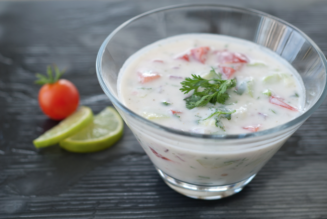

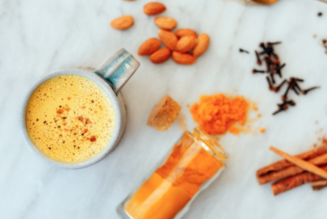
![Female Health: Amenorrhea [cessation of menses] – An Ayurvedic Perspective](https://healthyayurveda.com/wp-content/uploads/2015/07/1.-Amenorhea--327x219.png)

